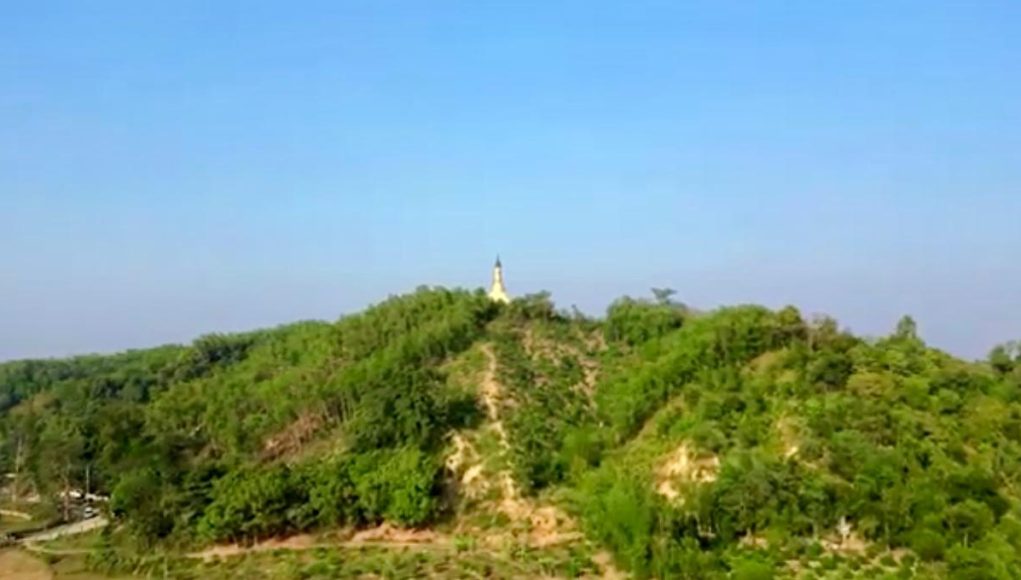Ramu, located in Cox’s Bazar district, is a historic settlement that carries the legacy of the Arakan royal dynasty. During the Mughal era, a 13-foot bronze Buddha statue—the largest of its kind discovered in Bangladesh—was found here. Ramu is renowned for its communal harmony and natural beauty, where people from Hindu, Buddhist, Christian, and Muslim communities live together peacefully. In recent times, the central Seema Bihar in Ramu has also attracted tourists from Japan.
Key Facts About Ramu:
Historical Background:
Local folklore suggests that the area was named after a king from the Arakan dynasty. During the Mughal conquest of Chattogram in 1666, a massive bronze Buddha statue was found here, which remains the largest Buddha statue ever discovered in Bangladesh.
Communal Harmony:
Ramu is renowned for its communal harmony, with people from diverse religious communities coexisting in peace.
Tourism Hub:
Ramu is a popular tourist destination due to its natural beauty and historic Buddhist monasteries.
Recent Events:
Recently, a group of tourists from Japan visited the central Seema Bihar in Ramu, reflecting its growing international appeal.
Remote Areas:
Some parts of Ramu, such as Eidgar Union, are known for their remote and rugged terrain.
Economic Activities:
Alongside traditional rural life, various economic activities also take place in Ramu, supporting the residents’ livelihoods.
With its rich history, cultural heritage, and spirit of communal harmony, Ramu remains an essential and vibrant settlement within Cox’s Bazar.
By Mohammad Morshed
Photo: Collected










